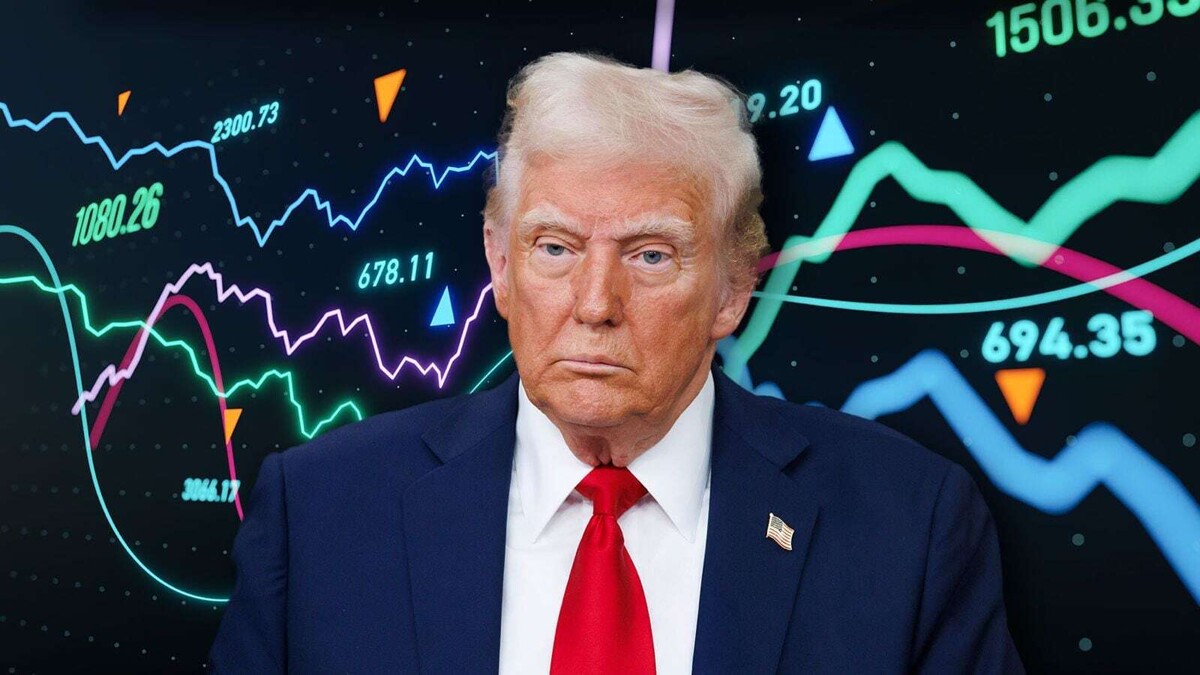
The permanent threat of tariffs represents the biggest risk to Mexico, more than the tariffs themselves. This threat could remain in effect until the government concedes to all of Trump's demands. It is not easy to predict how much GDP could fall, what impact it would have on inflation or on the peso's parity against the dollar this year, but it is certain that the constant threat of tariffs is what could most affect key economic variables.
Forecasting the variables during Donald Trump's second term presents a challenge. Although the threat of tariffs could lose impact on the projected economic variables, the damage is already done and it is necessary to consider the changing reactions of the Mexican government to Trump's actions. The uncertainty surrounding tariffs complicates decision-making regarding production and investment in the country.
The imposition of a 25% tariff on Mexican imports was put on hold, although the Secretary of Commerce mentioned the possibility of exceptions. In a short period, analysts' opinions on the impact of presidential decisions have changed more than once, however, the constant is the threat of imposing tariffs, which could extend throughout Trump's term.
Determining Trump's true intentions regarding tariffs is complicated, as they seem to be used as a strategy for purposes not directly related to the U.S. trade deficit. The volatility surrounding this issue hinders economic projections and can cause periods of uncertainty in production and investment in Mexico.
It is difficult to build solid forecasts based on the assertions of the U.S. president, given his unpredictable nature and the possibility of changing opinions suddenly. Tariffs exemplify this volatility, as the automotive industry seems exempt from tariffs at one moment and then faces the possibility of imposition at another.














